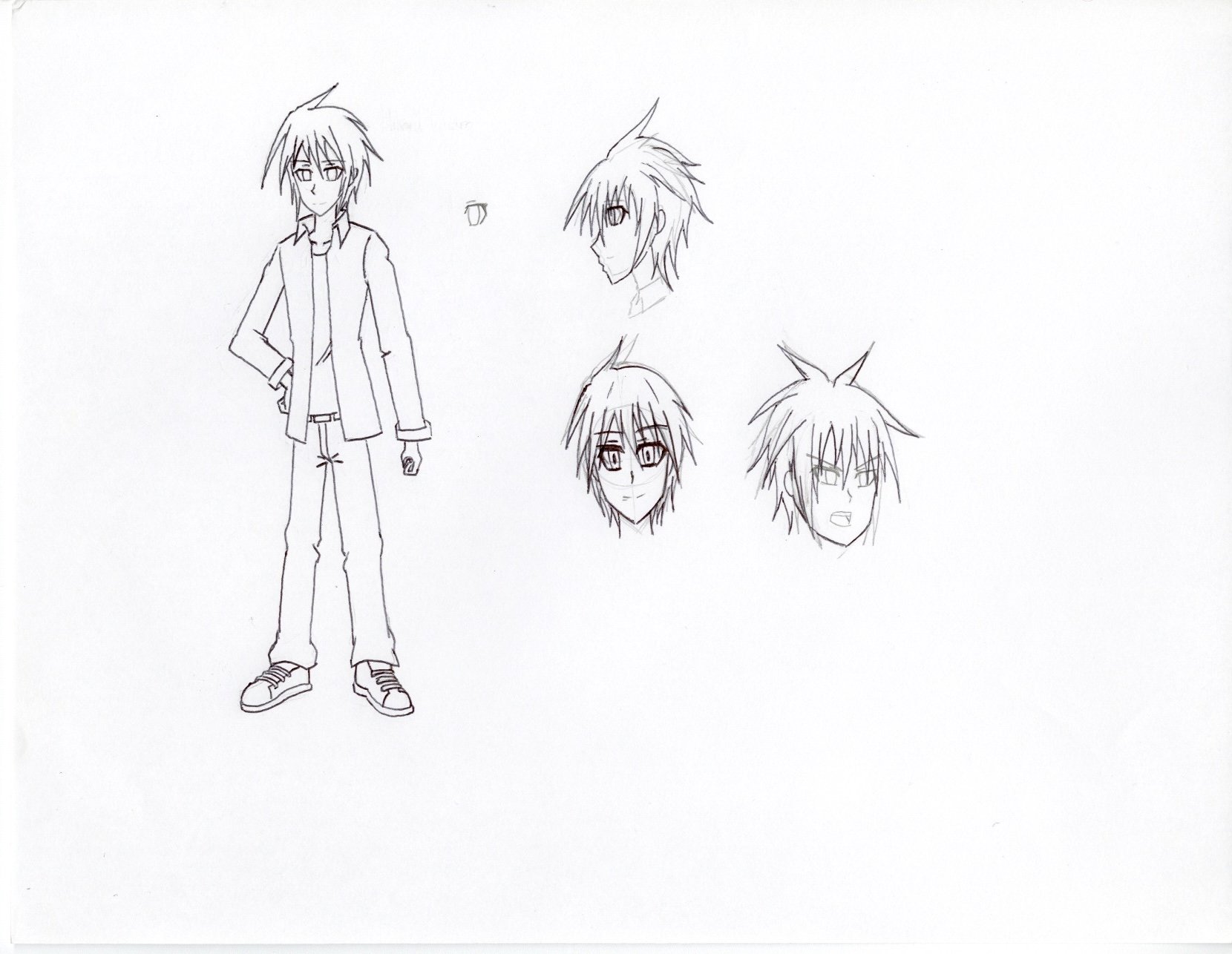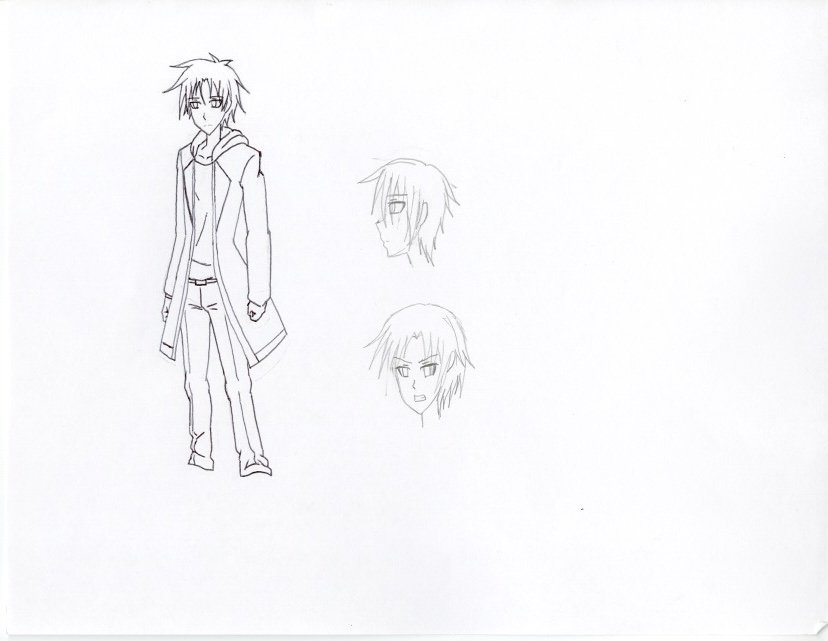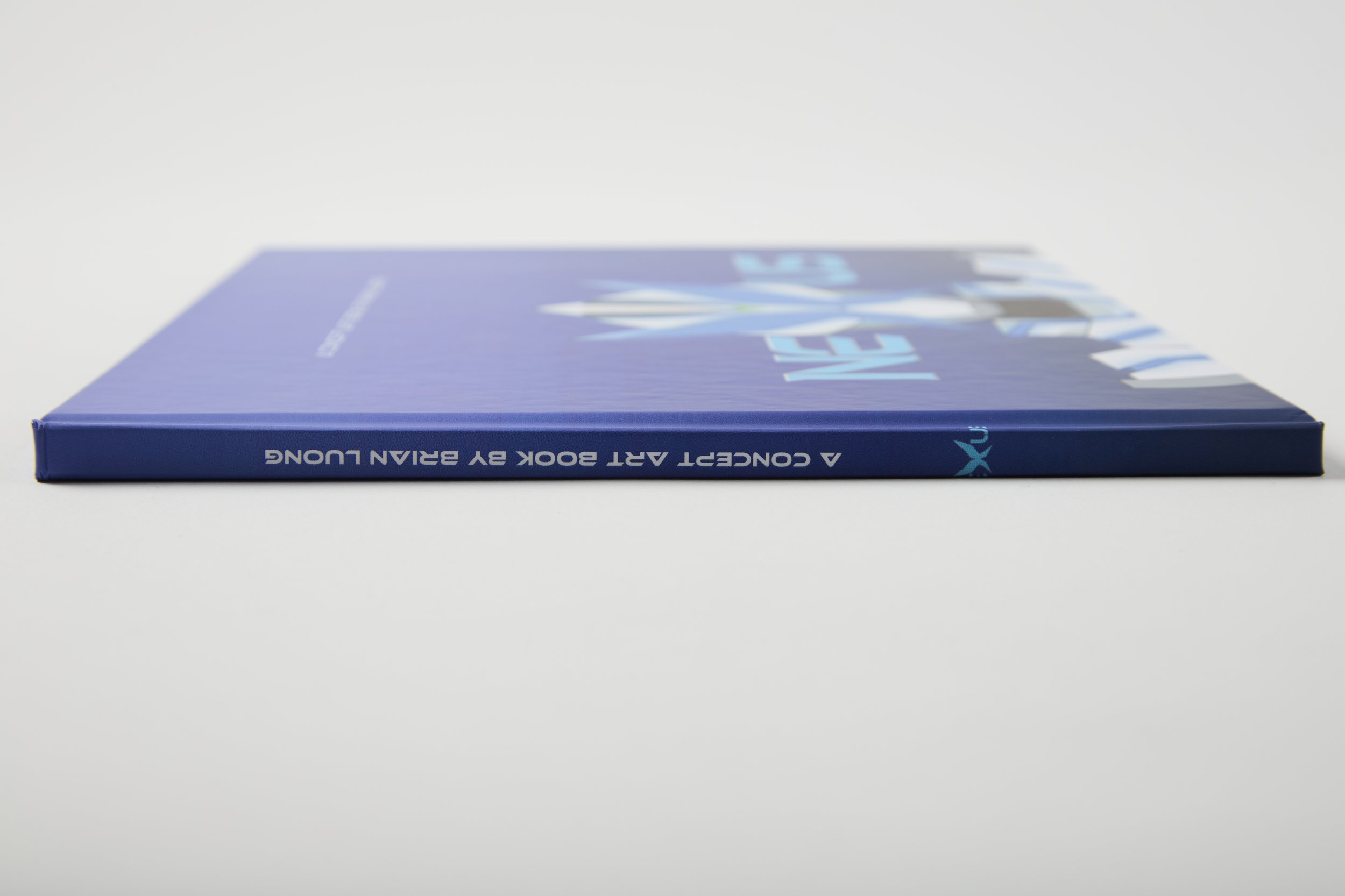The World of Nexus
Welcome to the world of Nexus, set in the futuristic city of Horizon in Japan. The story focuses on Hikaru Yukio, a lonely young boy who is treated as an outcast by everyone. This is due to an experiment that caused an explosion that destroyed parts of the city, and Hikaru’s father is blamed for it. Over the years, he has faced many hardships and had trouble interacting with others.
Upon meeting a mysterious girl named Mana and entering the Zeta base, Hikaru learns that the incident was accidental and that someone intentionally caused it. Now, an evil group of people sends out monsters to attack people and wreak havoc in the city. Hikaru must stop the monsters and help clear his father’s name by becoming the armored warrior, Nexus!
Inspirations
Nexus was based on some of the superhero TV shows I used to watch when I was a kid, called Kamen Rider and Power Rangers. It was an idea I came up with a long time ago when I was still in Middle School and was one of the first stories I ever made. However, I spent my time creating sketches of characters, armor, and weapons. I had a hard time trying to write a story for it and had writer’s block. Soon, I didn’t have any motivation during High School to complete it. This change during my time at Temple University helped reignite my motivation to create Nexus again. I made Nexus for fun back then, but I never thought I would include it as my project.
When selecting a design, I have a difficult time thinking of a solution for it. Then I talked to my professor for some advice, and he helped me with the idea of including Nexus as my series. At first, I thought about creating a comic book about it, but then I realized that it might take too long for me to make a single issue. Soon, I changed it into a concept art book, where I included some of my character designs and explained parts of the story of Nexus.
Exploration
My initial process was researching online how art books are designed. During one of my art semesters, a graduate came to the studio and showed everyone many concept art books. They were all amazing, and one of them that caught my attention was the “Spider-Man Across the Spider-verse: The Art of the Movie” book. Another is a book based on Final Fantasy, and the sketches look beautiful. I looked through the images and saw how well the characters' designs, backgrounds, and settings were displayed. This helped inspire me to create my concept art book with my characters and show the people my story.
The sketches I made first were the armor design of Nexus and, later, the main character. During my time sketching the characters, I had difficulty trying to make it look right. The problem was getting the right size for each component of my character, such as the legs, arms, hands, and other parts of the body. After some time researching online for inspiration, I was able to create some of the characters I designed and carefully design what they should look like.
Concept Art
During my years of creating this series, I made several concept artworks of characters, armor, weapons, and backgrounds to expand my world. I first started sketching my characters on pieces of paper before I switched to Procreate. This helped me create the characters cleaner and added some colors to give them more life. The character build was made to be average, as I did not want them to be bulky or skinny because I did not like to design it.
Background Designs
Designs of the background of cities and structures for the characters in my concept art. The first image shows Horizon City as a whole. It shows the nighttime view of the city on what it looks like. The city’s design was based on a tutorial video I watched, which helped make the city’s landscape. It is quite like the video’s artwork, but I added different buildings and placed a tower at the center. The next image is what the city looks like close up. It is mainly based on Times Square, with some of the widescreens placed on the buildings. I also try to make it look a little futuristic. The final image is the Heroes’ main headquarters, called the Zeta Base. It was constructed by Hikaru’s father to be used to help his son prepare for upcoming foes and challenges. The design was inspired by some of the headquarters of the previous Power Ranger series. This helped me create the interior design of the Zeta Base and show the characters inside it.
Book Design
Finally, after completing my artwork, I started working on the design of the Nexus book. The total number of pages of the book are 30. It has 7 for the preliminary pages and 23 for the regular pages. The tools I used to lay out my book were Procreate to make my artwork, and placing it on InDesign to work on the structure of the pages.
The font use for the book was Ethnocentric for the titles and page numbers. The reason for using Ethnocetric is because I want it to feel almost futuristic and make it seem like it fits the main plot of my series. The Stratos font was used for the main body text. Stratos was not my first choice because I wanted the regular body text to be simple but after my professor helped me find a good font, Stratos’ letters look nice.
The pages for my book are placed in the order of regular books. Such as having a cover page as the first. The second was designing an endpaper for the second and third pages. Soon I will have two different title pages, where the first has the title barely visible while the next is showing the whole page of the title. The next was showing the contents, which it shows which pages to go to. I had a page explaining what the book is about, and others are character information from pages 4 to 19. On pages 20 to 23 is the description of the city and the secret base. Page 25 is the conclusion of my book.
After I finished making my book, I started to have it printed out by using Lulu.com to have it made. However, there were some difficulties upon making it such as having the right resolution for my images and placing the pages in the right order. It took me a while to fix some of my errors but after that I was able to finally have it made and delivered to my house.
When I was making the book, I struggled with how it was made, but soon I was creating my book and even learned how to use preliminary page numbers for it, and even included the endpapers to help make it look better. Overall, Nexus: A Concept Art Book was a fun project for me to learn.
Final Thoughts
After working on the project for many weeks, I felt very proud of every aspect of design from sketching to digital illustrations, and bookmaking. Expanding my series on what I thought to be my work, turned it into a series where everyone can see it.
The work on making a Nexus concept art book taught me much about creating an actual one. The professor gave me advice on improving my book such as adding endpapers to it and a guide on how a book should look like. The hard part of working is both the design of the concept art book and the drawings of the backgrounds. Despite that, I am proud of the hard work of creating a concept art book and using my drawings to publish it.








































